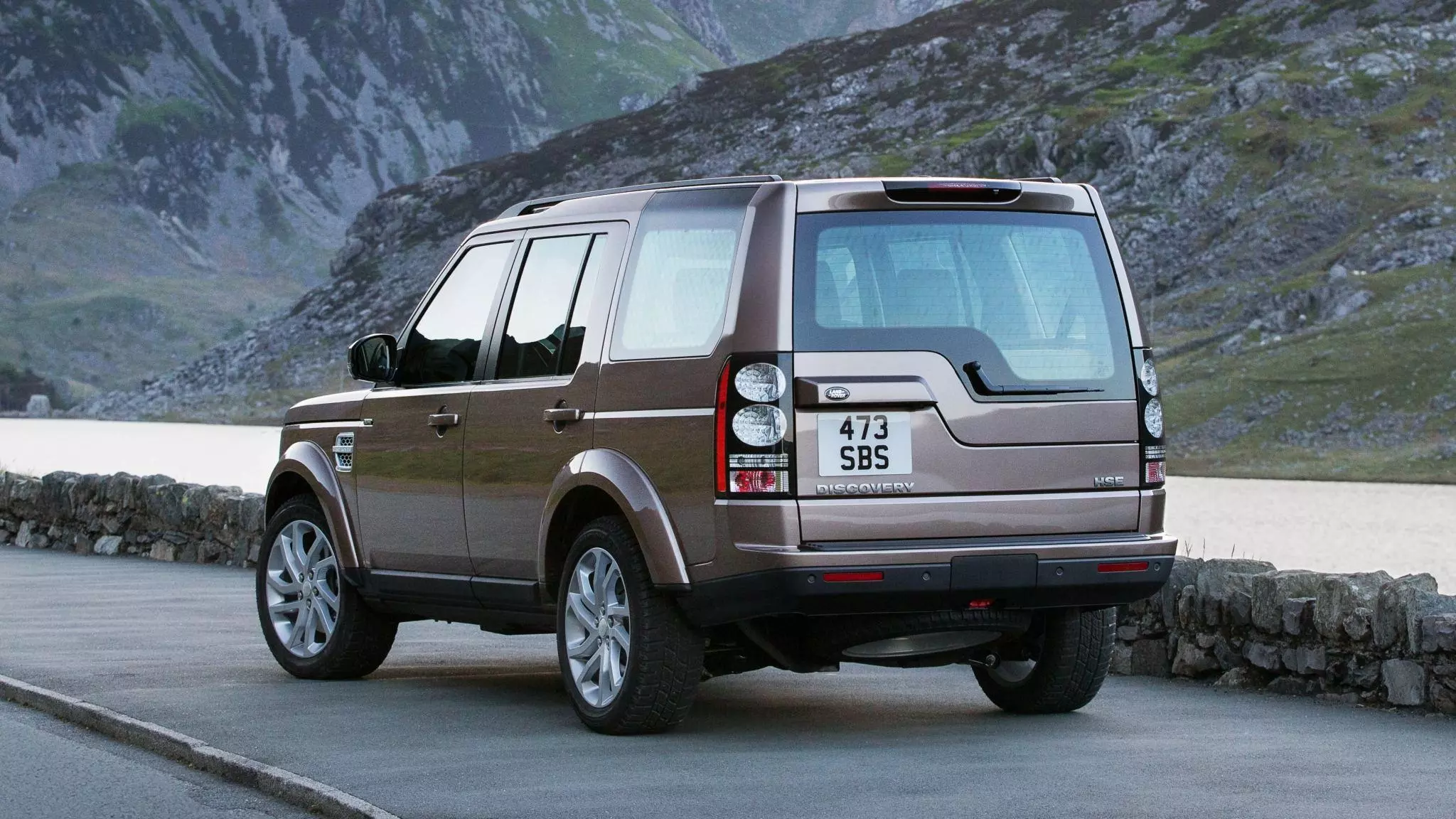Land Rover Discovery 4: Gone But Not Forgotten
Before the Defender rocked our world there was the Discovery, except it no longer does the disco

The Discovery 4 was a practical 4x4 that took pride in its slab-sided design and was never an ornament.
By no stretch of the imagination does the first-gen Wagon R have anything in common with the Land Rover Discovery (or just Discovery, now that JLR doesn’t prefix Land Rover to their vehicles), except for one not-so-tiny detail. The off-set number plate. At the front of the Wagon R, it channelled air to the intercooler of the Jap-market turbo-engine, and on the tailgate of the Discovery it left space for the spare wheel to be mounted to its right.
Even the rear window line had a kink so the glass could clear the tyre and hinge upwards and separately from the side-hinged tailgate. Except when the Discovery 5 switched to a monocoque and the spare found space under the floor, the offset plate was retained to serve no purpose other than a styling flourish to link back to its roots. And people hated it.
The Discovery was never an ornament. It was a practical 4x4 that took pride in its slab-sided, utilitarian styling and that gave it not only a clear positioning but an incredible sense of presence. A year or so ago I saw one with a canoe (yes, of all things!) strapped on to its roof rails and – oh my god! – it was the archetype of adventure. And adventure – the
Disco aced. There’s now a Defender Trophy edition that you can get with splashes of yellow referencing back to the legendary Camel Trophy but all through the ’90s it was the Discovery that wore those colours with pride as it ploughed through and conquered the depths of Siberia, Africa and South America. Defenders? They were the support vehicles.
My Disco adventure goes back 13 years when we pitched the Discovery 4 against the Montero, Land Cruiser LC 200 and Merc GL in the snows of Narkanda in Himachal. And while it was only the LC that made it all the way up the snow-bound tracks, it was the Disco that won the test. Despite its breadbox rear end and politician-spec white, it looked the coolest. The leather-lined cabin was no exemplar of quality but was the most inviting.
Neither was the 3-litre diesel an exemplar of refinement, but it was the punchiest and that’s what we wanted. The air suspension gave it lovely road manners (for its time – those days SUVs weren’t expected to handle like race cars) and lifted its skirts to go over gnarly bits, even showing a touch more leg for short periods to clear inconveniences such as logs across the road. There was even standard low-range transfer case which helped it plough through some fairly alarming depths of snow.
Oh, it had its fair share of that most British of all issues – reliability. Electricals, air suspension, oil leaks, parts taking forever to come and costing the earth. But when it ran, when it had mud splattered on its flanks, boy did it look epic! See a Disco 4 on the road today and you will whip out your phone to take a picture. See a Disco 5 and you’ll want to slide the number plate back to the middle.


